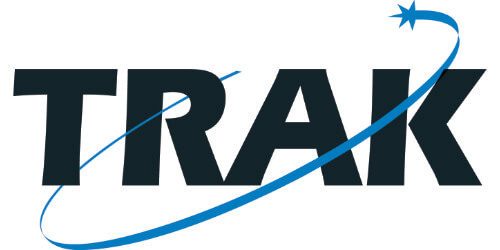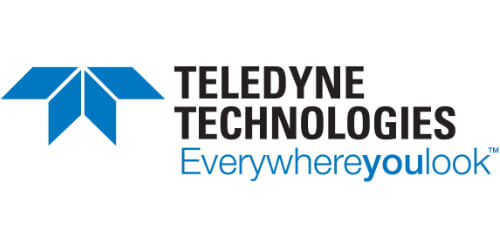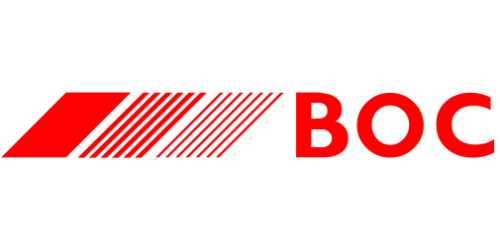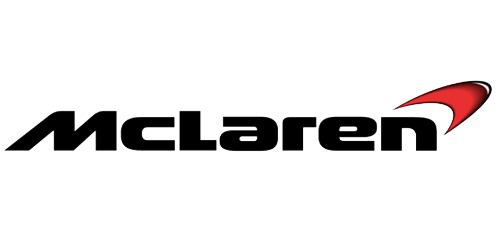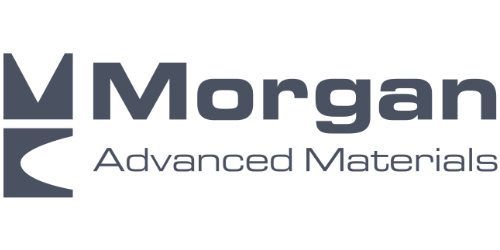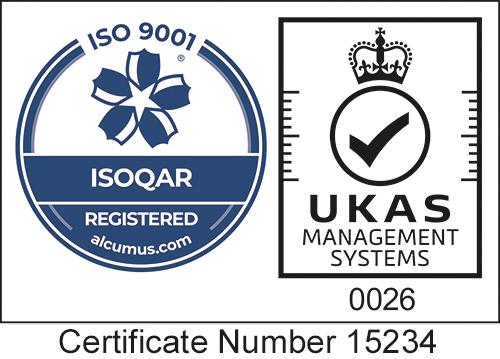There are a number of quick and simple tests to determine the effectiveness of a particular plasma process upon a surface.
Adhesion and surface energy test methods have the benefit of being applicable to both untreated and treated surfaces and so also provide a useful comparison before and after processing. Each test is effectively providing information about the surface energy of the material being tested. Before describing the various test methods it is therefore useful to review what we mean by surface energy.
Surface Energy - Why it is so important to consider when using plasma treatment equipment?

Molecules within the body or bulk of a material are surrounded in all directions by other molecules. To create a surface some of these bonds must be broken, which requires energy. Some of this excess energy is ‘stored’ in the surface because the surface molecules are no longer surrounded on all sides by the same molecules as in the bulk; there are unsatisfied bonds on the surfaces.
Surface energy is defined as the excess energy at the surface of a material compared with the bulk material itself. Now let’s consider what happens when a liquid comes into contact with a surface. If the molecules of the liquid are attracted to each other more strongly than to the surface then the liquid won’t wet the surface very well, instead of forming beads. Conversely, if there is a larger attraction to the surface then the liquid will spread out more.

It follows that if a particular surface has a higher surface energy it will wet more easily and, since the ability to wet a surface is, in turn, a simple definition of the adhesion characteristics of the surface, it will be easier to glue/print/paint or bond to that surface.
Surfaces that have predominately carbon-hydrogen (C-H) bonds tend to have low surface energies and so do not wet easily e.g. wax. Surfaces that have lots of oxygen-hydrogen bonds (O-H) have higher surface energies and therefore better adhesion characteristics. Polyethylene and polypropylene are examples of low energy surfaces.
Plasma treatments aim to convert low energy surfaces to higher energy surfaces by removing hydrogen from the surface and attaching oxygen-containing species in its place. Other ‘functional groups’ can also be formed at the surface to give different and interesting properties.
Surface energy test methods
See our dedicated plasma technology section and our surface energy products range for more details.



